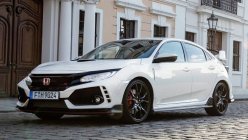As motorists, we’re far from being alone when it comes to using our thoroughfares. This applies whether it’s a city street, a provincial road, or a long and seemingly interminable highway.
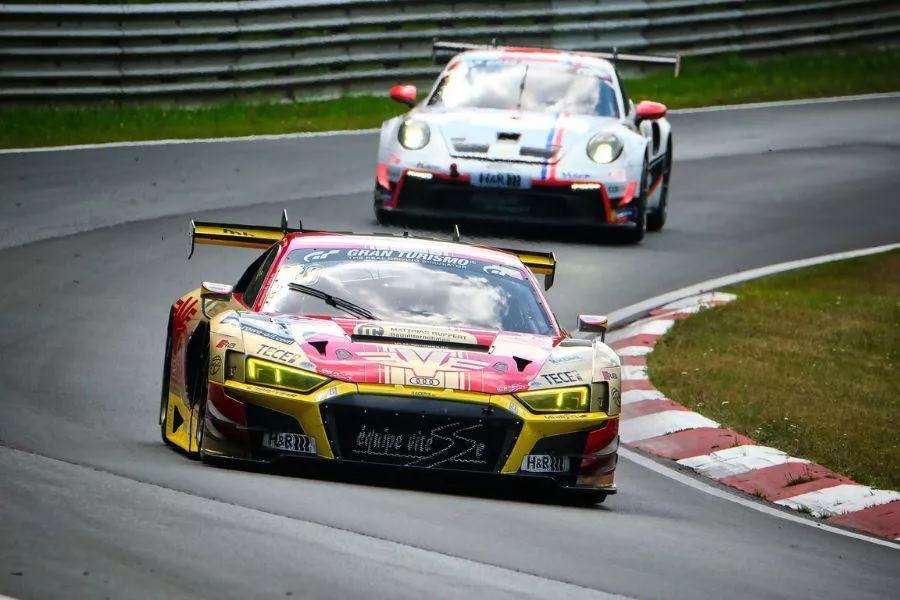
You're not driving on a race track so as to neglect the proper distance from the vehicle ahead
It should then come as a given that we become mindful of our surroundings whenever we take the wheel. Oftentimes, we’ll find ourselves driving behind another vehicle, and it’s something that we normally wouldn’t mind as long as the other car is driving fast enough.
But what is the safe distance to maintain when driving with another vehicle ahead of you? It depends on whether you’re at a standstill, moving in normal conditions, or driving in wet weather.
At a standstill
Say you’re traveling with a car in front when you both arrive at a red light, which means both of you come to a stop. The ideal distance is when you can still see the road beyond your hood’s leading edge.
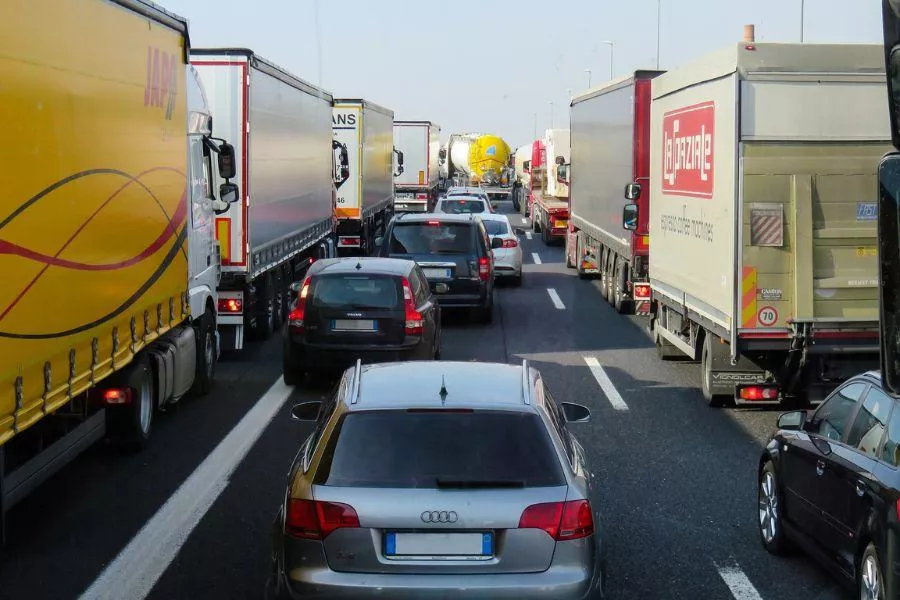
Make sure your car has room to maneuver when driving in slow-moving traffic
This gives you adequate space to maneuver around the car in front just in case it becomes unable to move for some reason such as a flat tire, a mechanical breakdown, or even a medical emergency. The distance also reduces the likelihood of you colliding with the vehicle ahead if someone else hits you from behind, which means preventing your car from sustaining more damage.
Remember, if you can’t see the ground between your vehicle’s hood and the other vehicle’s rear bumper, you’re too close to the car in front.
Driving in normal conditions
You might remember being taught to observe a distance of three car lengths from the vehicle in front as part of normal driving. The trouble with this method is that it assumes all cars have the same dimensions, as there are subcompact hatchbacks, compact sedans, midsize SUVs, and full-size pickups, not to mention everything else in between. This makes it challenging as to what sort of vehicle would be used as basis for measurement.
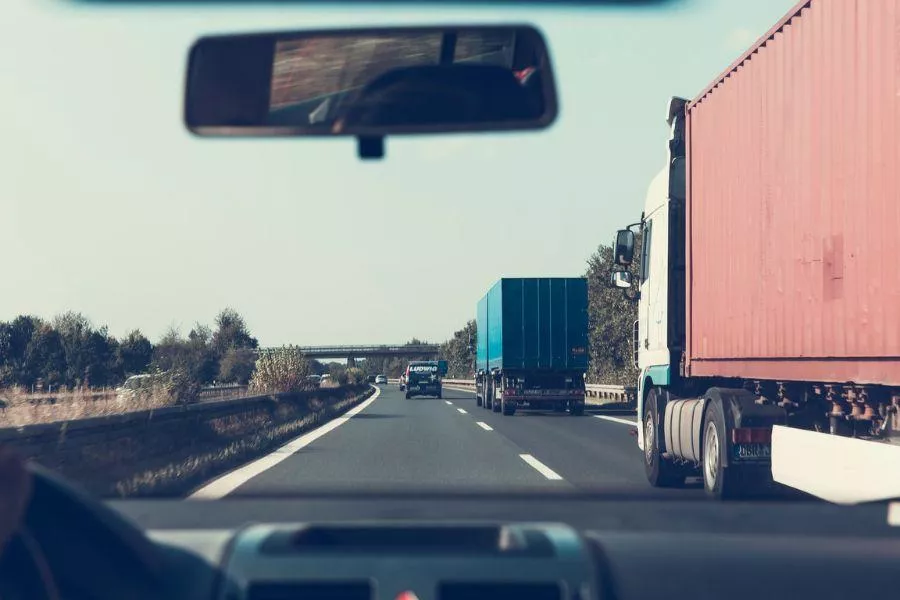
Use the three-second rule when traffic is light enough for cruising, such as on highways
Another method is to measure the distance in terms of feet or meters, making drivers resort to mental estimates and potentially distracting them from the important job of manning the wheel.
The currently accepted standard is to use a time-based measurement for gauging the distance between two vehicles: in other words, the three-second rule. Look for a reference point at the side of the road such as a building or a lamp post. If the vehicle ahead drives by that reference point, you should be able to count three seconds before your own car passes that marker. If it’s shorter than three seconds, you’re too close.
Driving in wet weather
Whatever precautions you might take when traveling in dry conditions, you’ll need to double or even triple them when driving in the rain. The reason for this is that a wet road affects your vehicle’s grip and maneuverability, requiring a slightly longer stopping distance. And that’s not to mention the reduced visibility on the part of the driver.
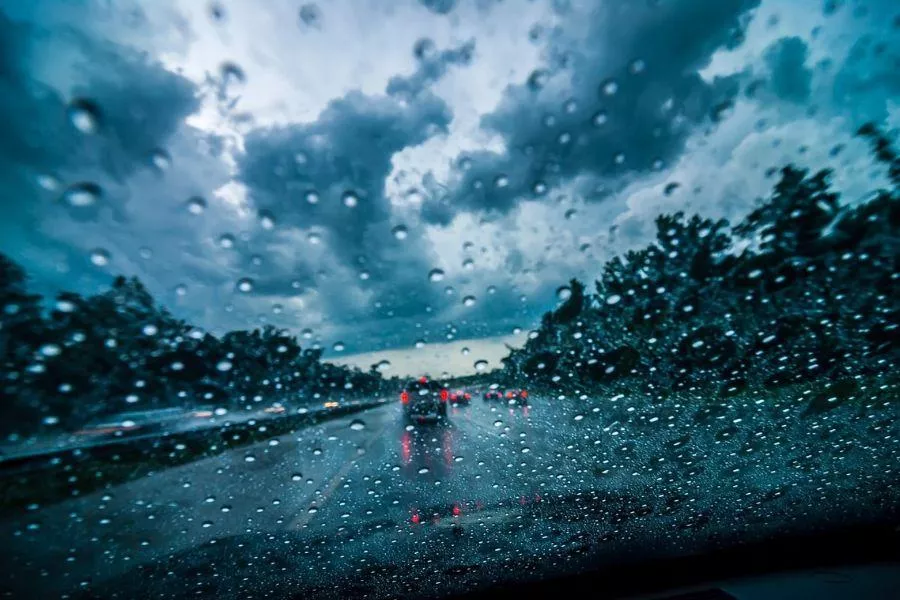
Make sure to maintain an extra distance from the car ahead when driving in wet weather
If three seconds is the standard interval between the car in front and you when driving on dry roads, allot at least six seconds when you find yourself on rain-soaked pavement. That increased distance will come in handy when the vehicle ahead abruptly stops due to some hazard that you can’t see, giving you time to slow down and safely maneuver around, instead of hitting it and increasing the potential for injury.
Find more tips for beginner car owners at Philkotse.com.
Recent posts
- Safe driving tips: How important is stopping distance? Jan 08, 2020
- 4 rules that every Filipino driver should know about braking Aug 09, 2022
- 5 safety tips to drive on the slippery roads Aug 16, 2022


